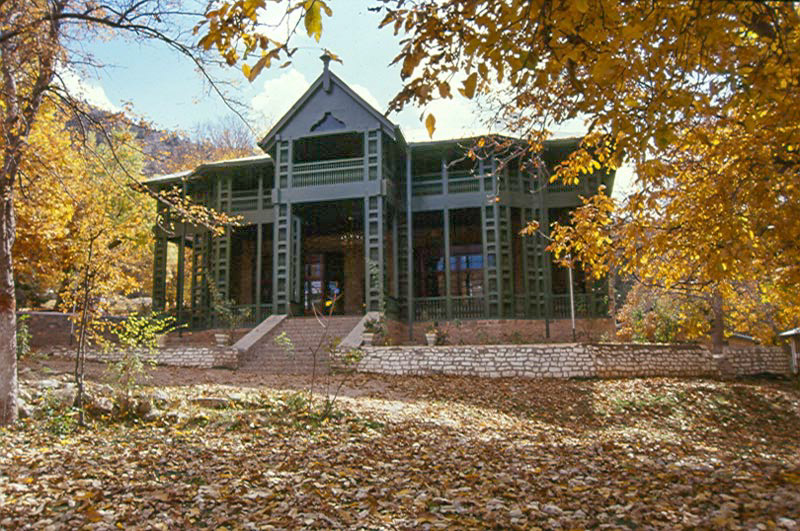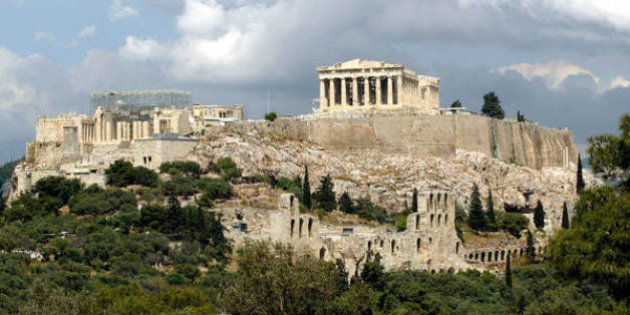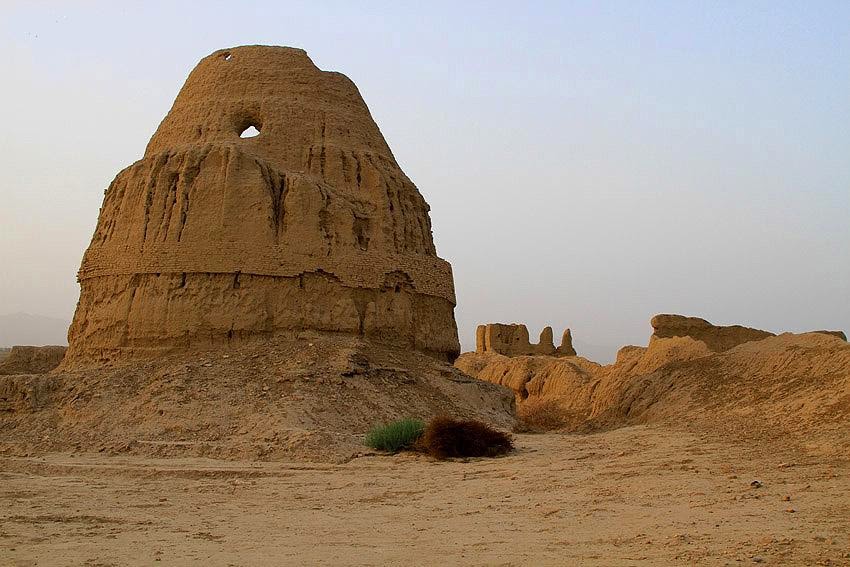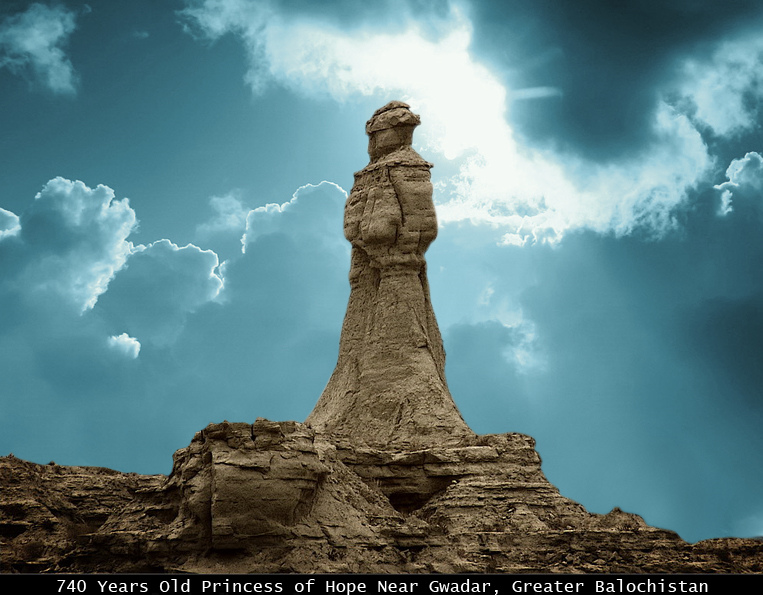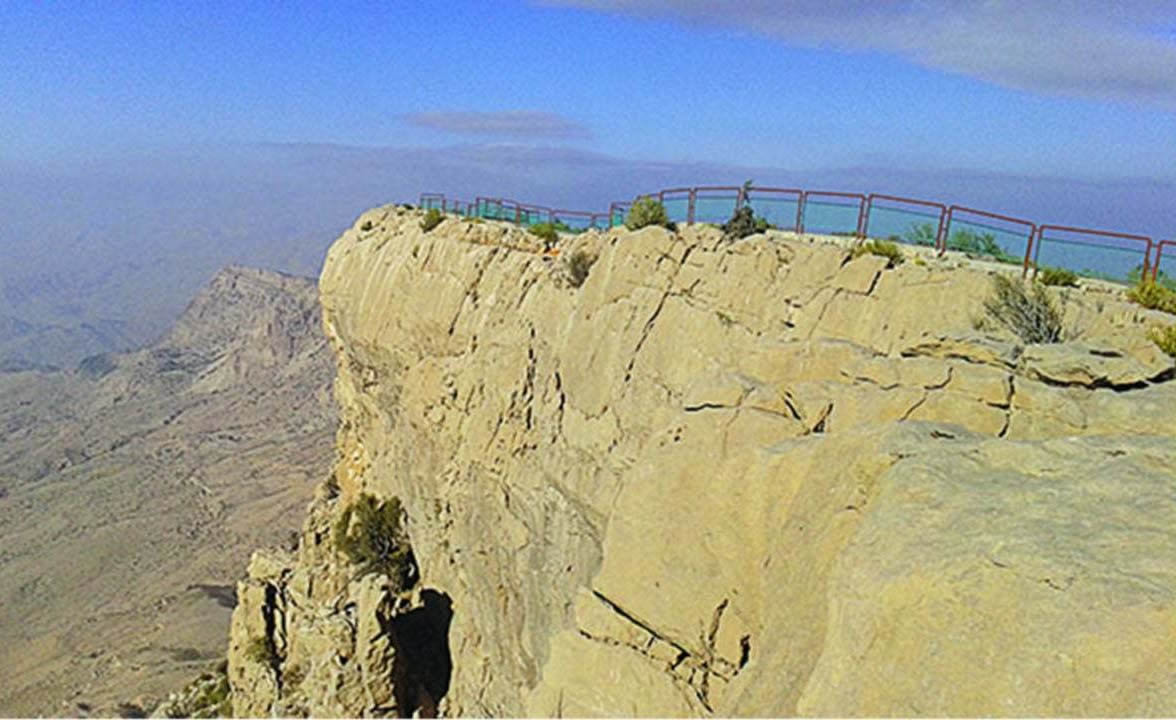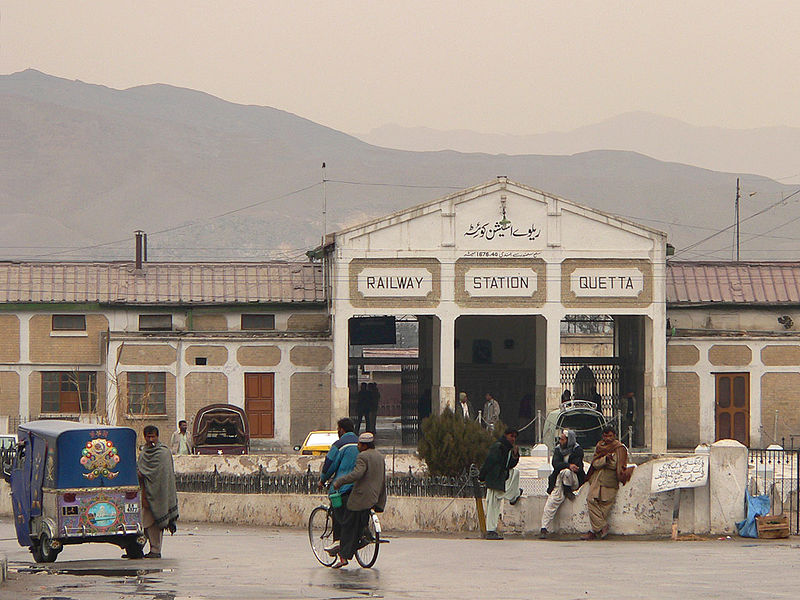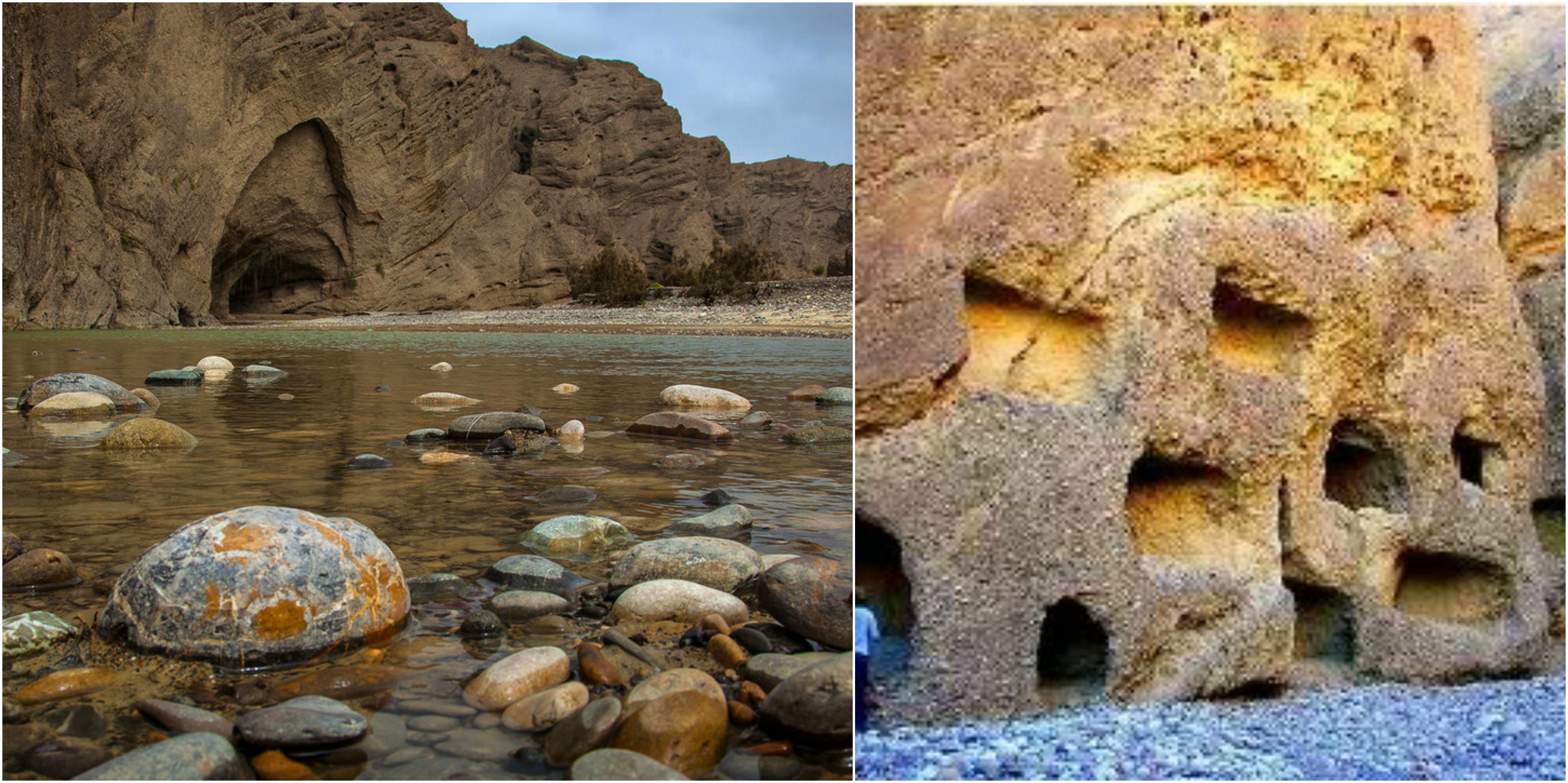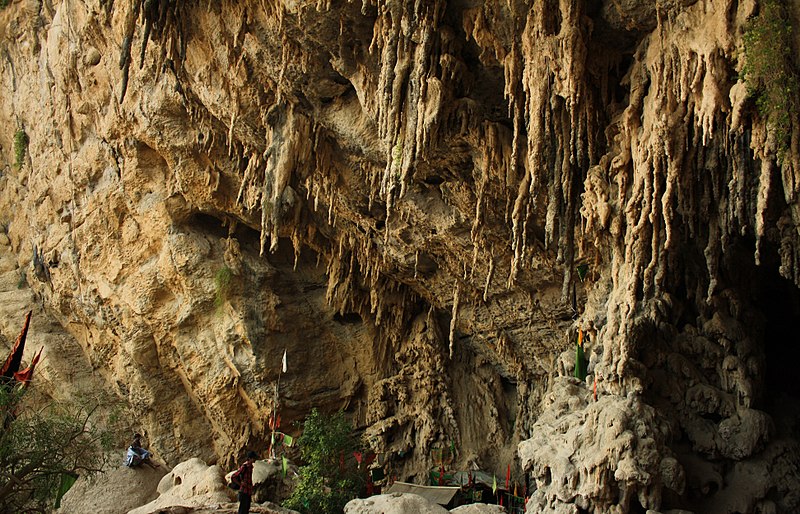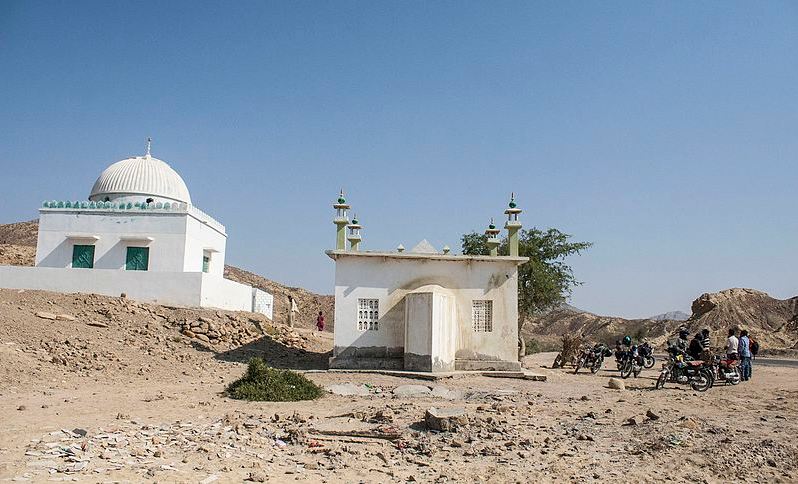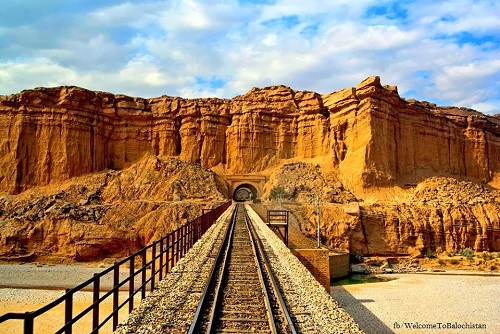The province of Balochistan in Pakistan contains the vast majority of historical Places. Since numerous Pakistanis have travelled to Balochistan or know much about the province, the vacation destinations ordinarily go unnoticed and unseen. Here in this article, we will discuss historical places of Balochistan. However, local people of the province, make sure they benefit from the picturesque landscapes and heaps of the gold-laden province.
So let’s begin the journey of marvellous places in Pakistan to witness historical wonders which emphasize the mankind’s history as well as its human progress. Pakistan is a nation that is wealthy in culture and eye-getting places for voyagers. One can’t forget the common scenes there after experiencing the brighter and exciting sites. One of these sites is Balochistan, which urges the visitors to gather their packs and leave immediately. The ‘Place that is known for Beauty’ is enriched with breathtaking waterfalls, spectacular deep valleys and mouthwatering natural product trees to enhance. The dazzling province is covered with the extraordinary scenery which is a complete personification of magnificence. Explore beautiful Pakistan.
Pakistan which came into being in 1947 was once a piece of the Hindustan subcontinent; therefore it holds numerous awe-inspiring things to see, both regular and man-made places which were once in the territory of British Raj. Most likely it is very hard to limit the rundown of breathtaking and incredible historical sites in Pakistan, yet here we are positioning top must-see historical places of Balochistan based on ubiquity and tempting features to draw in the guests.
1. Quaid-E-Azam Residency
Quaid-e-Azam residency with its rich green yards, chinar trees and flower gardens charges a striking view of the whole valley. It is of historical importance, as the Quaid-e-Azam Muhammad Ali Jinnah, the Founder of Pakistan, stayed there amid his last illness. It houses the relics of the Father of the Nation. The Residency was worked in 1882 by the British and used by the Agent to the Governor General as his summer headquarters.
Father of the country, Quaid-e-Azam Mohammad Ali Jinnah spent his long periods of suffering in this wooden cottage in Ziarat, Balochistan. Definitely one of the best vacation spots of Pakistan. The place holds notable importance and is the perfect place to chill when you’re in Ziarat.
2. Nindo Damb
Nindo Damb is a site of Kulli culture of Balochistan with connections to the Harappan Civilization. The settlement was based on a level schist bed with a central quadrangular stage which was surrounded by structures on one side. Hills of different heights were located in the area.
The central hill near the stage rose and consisted of large stones and boulders. The summit of the hill was accessed by means of a staircase from the stage demonstrating this hill was considered a monument. Curios excavated from the site demonstrate that the two cultures had close interaction.
3. Pirak
Pirak is an archaeological site belonging to the Indus Valley Civilization located in Balochistan, Pakistan. It is south of Sibi east of the Nari River. The hill is eight meters high and covers approximately twelve acres. It was excavated, before the well-known sites of Mehrgarh or Nausharo by the French archaeological mission team. Structures of the unburnt block associated with a large stage were found. A noteworthy piece of the pottery was a coarse ware decorated with applique groups and fingertip impressions.
Both terracotta and unburnt earth figurines of horses and camels were found, alongside numerous bones of both the species. The earliest indubitable evidence of domestic horse comes from Pirak. Likewise, the site has some very early ironwork and iron curios. The ironwork seems to have had a continuous introduction. In expansion to pottery items, wheeled camel figures were additionally found at Pirak. Items made of Iron were likewise present in this site. Different seals were additionally found.
4. Fort of Azad Khan (Kharan Fort)
Numerous forts were worked in Kharan by the ruler Azad Khan Nosherwani. Unfortunately, the fabricated castles details are discovered just in books however these don’t exist on the ground. The weather’s intensities razed discussed forts from the face of the earth or merely signs can be sighted. The Kharan fort was in great condition, a particular style and mixed material were used in its creation. Every specific fort in Balochistan is the awful condition.
The social heritages are found in the poor state of conservation and extremely damaged condition. The province of Balochistan has numerous intriguing places, especially in archaeological perspective this province is quite beautiful and it possesses some distinctive varieties. Some of the cities in Balochistan are little however reasonably have significance because of the area and historical heritage.
5. Kalat Kali Temple
Associated with Hindu Hindkowans Bhatia caste. The town of Kalat is said to have been founded by and named Qalat-e Sewa, after Sewa, a legendary hero of the Brahui people. The Brahui Speaking tribes arrived from the east in the Qalat area route before the entry of Balochi speaking tribes from the west.
The Brohis established a large kingdom in the fifteenth century, however, it soon declined and the region fell to Mughals for a brief period. The Brahui speaking Khans of Qalat were predominant from the seventeenth century onwards until the entry of the British in the nineteenth century. A treaty was signed in 1876 to make Qalat part of the British Empire. In 1947, the Khan of Kalat reportedly acceded to the domain of Pakistan.
6. Bara Bagh Cemetery Lasbela
The State of Las Bela was founded in 1742 by Jam Ali Khan I. When the common system was changed in 1970, Las Bela became some portion of the new province of Balochistan.
7. Chaukhandi Tombs
The Chaukhandi Tombs are for the most part assembled during Mughal rule sometime in the fifteenth and eighteenth centuries when Islam became overwhelming. This type of graveyard in Sindh and Baluchistan is remarkable because of its fundamental north-south orientation.
Tombs were constructed either as single graves or as gatherings of up to eight graves, raised on a typical stage. A run of the mill sarcophagus comprises of six vertical sections, with two long chunks on each side of the grave showing the length of the body and the remaining two vertical pieces on the head and foot side.
8. Hinglaj Mata
Hinglaj Mata is a Hindu temple in Hinglaj, a town on the Makran coast in the Lasbela district of Balochistan, Pakistan, and is the middle of the Hingol National Park. It is one of the Shakti Peethas of the goddess Sati. It is a shape of Durga or Devi in a mountain cavern on the banks of the Hingol River
9. Princess of Hope Gwadar
It resembles the Egyptian Sphinx, however, has its very own spectacular view. Princess of Hope is a characteristic shake development that manifests a princess looking beyond skylines (maybe for hope).
Princess of Hope stands high in the mountain range alongside Makran Coastal Highway. The entire landscape is covered with gorges and mountains of mud and rock. Climatic changes, rain and solid breezes originating from the sea have transformed these stones into nicely sculpted objects – the Princess of Hope is only one of them. The arrangement of Princess of Hope is perfect to the point that it appears to be a masterpiece of a skilled craftsman who has made no mistake in changing this stone into a princess.
10. Kirthar Mountains
The Sulaiman-Kirthar Mountain Ranges lie between Balochistan Plateau and the Indus Plain. The Kirthar Mountains are a mountain range located in the Pakistani provinces of Balochistan and Sindh.
11. Quetta Railway Station
Quetta was constantly considered a strategic city amid the British Raj. The station was worked amid the development of the strategic line constructed by the Scinde, Punjab and Delhi Railway. Development began in 1880 and opened to the general population in 1887, which by then was a piece of the North Western State Railway.
12. Hannah Jheel
The Hannah Jheel, Quetta – This is the way the Hannah Lake looks in winters, frozen, frosted and bewildering. Just around 18km far from the city, the Hannah Lake serves as the perfect escape for the locals. Hanna Lake is in the slopes close to where the Urak Valley begins ten kilometres east of Quetta city. The reservoir was constructed in 1894 amid the British Colonial era on the place where there is nearby tribesmen and is one of the fundamental attractions in the city and a great historical bridge divider between two mountains the depths like battlements of a fort for putting away of water.
There is a lakeside restaurant with open-air tables shaded by pine trees toward the end of the river where families can enjoy the nourishment and weather. Hanna Lake is one of the most visited and accessible lakes in Balochistan.
13. Khojak Pass Chaman
Khojak Pass is an astounding water-clogged passage. It separates Pakistan from Afghanistan. It’s anything but a very normal visitor spot as relatively few can get here easily yet the ones who do are left awe-inspired because of the mesmerizing beauty of this area.
14. Gondrani Historical Places of Balochistan
Gondrani, additionally known as Shehr-e-Roghan, is an archaeological site near the town of Bela in Balochistan, Pakistan. The caves of Gondrani, privately known as “Puraney Ghar” are carved into strong conglomerate rocks at several levels and are connected by pathways. Every one of the caves has little lives with hearths and divider niches for lights, alongside verandahs or entryway patios.
Many nearby legends are associated with the town. One relates the narrative of a lord and his daughter, named Badiul Jamal, amid the reign of King Solomon, who was haunted by demons. Numerous heroes came to free her and failed, yet eventually, Prince Saif-ul-Muluk killed the demons and freed her.
15. Lahoot Lamakan Cave
A cave at Lahoot La Makan is considered as the cave of Shah Noorani. This place is stunning and eye-getting touristic resort. Freshwaters of normal springs constantly spill out of mountains through the bed of the uneven torrent. It is one of the profound, sacred, legendary and secret places of Pakistan. Numerous people believe that Hazrat Adam was first positioned here at Lahoot La Makan.
16. Shirin and Farhad Shrine
These two representations feature scenes from the tale of Shirin and Farhad. Their unfortunate love story is well known today, from Turkey to India and is especially prominent in Iran. The encounter between Shirin and Farhad is a piece of a longer and considerably more deplorable love story of Shirin and Khusrow. Farhad fell in love with Shirin. The shrine of both is in this place.
17. Waadi-e-Bolan
Waadi-e-Bolan is a significant lot of a mountain gorge with blue waters running in-between. The place has historical and picturesque importance. It was the place the fundamental railroad arrangement of Pakistan was built up by the British, furthermore the valley that supports Pir Ghraib and Bibi Naani’s sanctuary.
18. Kund Malir Beach
Kund Malir Beach, Kund Malir, Balochistan – The Kund Malir Beach is one of the most exotic beaches and definitely one of the best vacation destinations in Pakistan. Over the most recent few years, many individuals who started travelling to Kund Malir and companies from Karachi have milked as much money as they could out of it. All things considered, whatever makes Balochistan a little more unseen help.
19. Hingol National Park
Hingol National Park is the largest park in Pakistan. It is located on the Makran coast approximately 190 kilometres from Karachi. Hingol is known to help a wide range of wildlife notwithstanding a variety of winged creature species. One reliable source informed that the park has been an excellent living space for wild creatures besides a number of residents and numerous transitory fowls, which makes it one of the largest wildlife parks in Pakistan. What more would one be able to ask in a vacation destination of Balochistan?
